2019 Infiniti QX50 First Drive - Your Compression May Vary

Miles per gallon can vary from driver to driver. We all know that. Now, Infiniti is trying out an engine that can vary its compression ration from scenario to scenario.
Miles per gallon is also a key spec for the new QX50, since the variable compression ratio tech is responsible for a claimed improvement in combined fuel economy – 35 percent for front-drive vehicles and 30 for all-wheel-drive units.
As is the usual case on first drives, I had no chance to verify those numbers – which, according to Infiniti, work out to 27 mpg combined with front-wheel drive and 26 mpg with all-wheel drive. Improved fuel economy is just part of the picture when it comes to variable compression, which is making its production debut in the 2019 Infiniti QX50.
Full disclosure: Infiniti paid for my hotel room in West Hollywood/Beverly Hills, my flight home, my parking for a press car I drove to the hotel, and several nice meals, including one at a sushi joint where I saw Chuck Liddell hanging out.
Billed as a “luxury mid-size crossover,” the redesigned QX50 offers more claimed interior space (the spec sheet doesn’t have a number yet for passenger compartment volume) over the previous generation, in addition to the variable compression ratio 2.0-liter turbocharged four-cylinder engine and the addition of Nissan and Infiniti’s Pro Pilot Assist driver-assistance tech.
That turbo is the lone engine available, and it makes 268 horsepower and 280 lb-ft of torque. Putting the “variable” in the name is a compression ratio that ranges from 8:1 to 14:1. This is accomplished via what Infiniti calls a “ multilink system” that raises and lowers the reach of the piston. A high compression ratio provides more efficiency but raises the risk of engine knock, while a lower compression ratio generates more power and torque without the risk of premature combustion.
In practice, the system is mostly unnoticeable to the driver, just like Mazda’s Skyactiv-X system, which seeks similar results via a different approach.
What is noticeable to the driver is that the QX50 seems a tad slow to get power to the wheels when it’s summoned. This isn’t unusual, as many vehicles today seem to suffer from this malady. It’s unclear to me if this is a result of turbo lag or as a result of the variable compression tech. Perhaps the most likely culprit is the continuously variable automatic transmission lagging in its duties. Whatever the case, it takes a sec for the power to come on when you mat the pedal.
The good news is that once the power gets to ground, the QX moves with a decent amount of urgency, and the noises coming from underhood are agreeable. Furthermore, the CVT behaves better in light-duty scenarios.
Infiniti sent us out over some of the same roads that I’d driven the 2019 Jeep Cherokee on two days earlier (we even crossed paths with at least one pair of journalists on the Jeep launch), and the QX was notably more at home in the mountains. Perhaps unsurprisingly, as it’s less off-road focused than the Jeep (which isn’t a direct competitor, anyway). Slide it into Sport mode, and the steering firms up and the handling improves over the default setting. There’s sportier sheetmetal in this class, but the QX holds its own well enough.
I gave Pro Pilot a shot on the 101 west of LA, and while the system is supposed to follow curves as long as your hand is gently on the wheel, its ability to read the lane lines is inconsistent. It failed on the first few attempts, as the lane lines were likely too faded for it to read. A few miles later it worked, but I didn’t see any advantage to using it over just guiding the car myself, so I never bothered with it again. I can see how it might be helpful in slow-moving traffic, but I think most of us would just rather do the driving ourselves.
It also rides comfortably, as one would expect from anything in this class, and any increase in stiffness in sport mode doesn’t detract from that experience.
Really, comfort – and style – is what these mid-size luxury crossovers are mostly about. Infiniti and other OEMs turn journalists loose on those twisty roads and we report back on the handling, as I did a few paragraphs up, but most buyers are driving these to dinner, the mall, and the carpool lane. That doesn’t mean handling doesn’t matter – most folks want a least some personality in the car they drive – but it’s not necessarily the central theme.
The QX certainly is comfortable – my back never complained after a long day in both the driver’s and passenger’s seat, not even when stuck on the 405. You do have to deal with Infiniti’s complex infotainment system, and there’s no smartphone mirroring system available, but otherwise the interior is pleasant, adorned with the type of materials one expects at this price point.
Ah, price point. The QX50 starts at a humble(ish) $36,550 for the Pure trim and front-wheel drive. There are two other trims – Luxe and Essential (which Infiniti predicts will be the best seller). Both are available with front-drive or all-wheel drive.
Depending on options (which include heated front seats, cooled front seats, heated steering wheel, premium paint, premium audio, power liftgate, head-up display, infotainment system, dual- and tri-zone climate control, remote start, 360-degree camera, rear-view camera, satellite radio, driver-assist tech and leather seats) and how you group them via option package, you can come close to a $60K sticker. None of the proceeding includes delivery and destination fee.
Infiniti has blended a balance of sport and comfort here, with an emphasis towards comfort and the best fuel efficiency possible. The new engine tech is intriguing but mostly invisible, and Pro Pilot probably isn’t worth it for most of us.
You get a well-rounded package if you pick the QX, but if you’re on a budget, be careful as you check the boxes.
[Images © 2018 Tim Healey/TTAC]

Tim Healey grew up around the auto-parts business and has always had a love for cars — his parents joke his first word was “‘Vette”. Despite this, he wanted to pursue a career in sports writing but he ended up falling semi-accidentally into the automotive-journalism industry, first at Consumer Guide Automotive and later at Web2Carz.com. He also worked as an industry analyst at Mintel Group and freelanced for About.com, CarFax, Vehix.com, High Gear Media, Torque News, FutureCar.com, Cars.com, among others, and of course Vertical Scope sites such as AutoGuide.com, Off-Road.com, and HybridCars.com. He’s an urbanite and as such, doesn’t need a daily driver, but if he had one, it would be compact, sporty, and have a manual transmission.
More by Tim Healey
Latest Car Reviews
Read moreLatest Product Reviews
Read moreRecent Comments
- Redapple2 Dear lord ! That face. HARD NO.
- Urlik Let’s ban for all. Having that data anywhere leaves it open to the Chinese government potentially hacking systems to get the data.
- Redapple2 Gen 1 - 8/10 on cool scale.Gen 2 - 3/10.
- SCE to AUX "...to help bolster job growth and the local economy"An easy win for the politicians - the details won't matter.
- Kjhkjlhkjhkljh kljhjkhjklhkjh so now we will PAY them your tax money to build crappy cars in the states ..




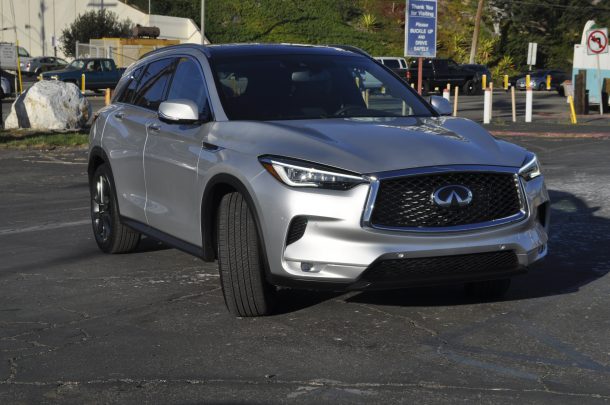














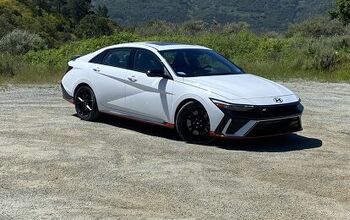

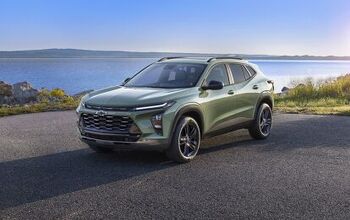





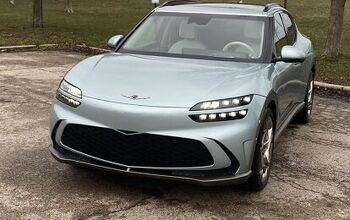



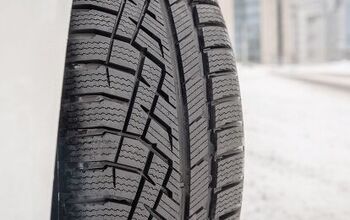
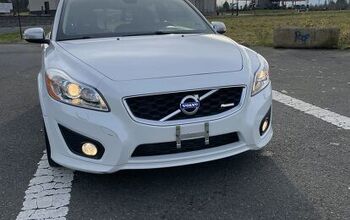



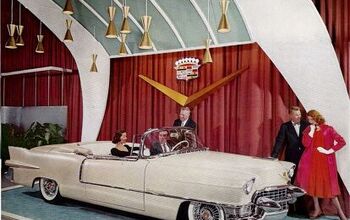
Comments
Join the conversation
So the new TTAC is now a vehicle for the editor to attend every pressfest car intro available, guzzle the proffered refreshments, down the food and then produce a milquetoast first impressions article. Baruth must be having a fit. He's written more than a few articles on just this sort of scenario - when he judged the car important enough to review, he paid for the trip himself more often than not. I can read this sort of review in 20 other places and learn just as little. Some from people who manage to register as motoring journos just for the trips. No more catty reviews from TTAC, apparently. It's all good or you don't get invited back for the next reveal. Any problems noticed? Well they "were" early production vehicles after all - "we'll check back later on a true production model". Which rarely occurs, if ever. The edge is off this place, that's for sure.
In actual driving, how often does/can it change compression ratio?